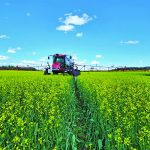Tag Archives spraying

Tackling herbicide resistance with smarter spraying
Spray application specialist Tom Wolf shares insights on how spraying issues can affect resistant weeds

Spot spraying advancements include building algorithms
Advanced spraying systems have benefits, but they also have costs that must be taken into consideration
Spot spraying isn’t a new idea, and the equipment capable of performing selective applications has been around for decades. However, the technology that supports this approach is advancing. Tom Wolf, an application specialist with Agrimetrix Research & Training and Sprayers101, recently shared some of the new research, technology developments, and application techniques during the Western […] Read more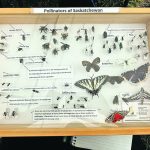
Farms can be made pollinator friendly
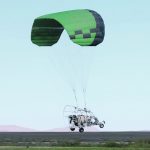
Paraglider powers a new kind of sprayer
Autonomous aerial sprayer was designed to maximize the flight time required for the large farms in Western Canada
Glacier FarmMedia – Scouting for new technology to make farming more productive and profitable is a key part of Janay Meisser’s job as director of innovation for United Farmers of Alberta,. The Stratus AirSprayer, a drone tool unveiled by Saskatchewan-based Precision AI in July, is unlike anything she’s seen so far. “I think they’ve got […] Read more
Herbicide approved for industrial use by drone
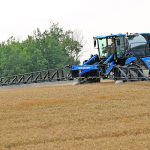
Clean water improves the efficacy of herbicides
Farmers urged to drop the water volume in their mixes when using hard water because cations can tie up herbicide
Glacier FarmMedia – Water cleanliness should be a top priority for producers when sourcing water for spraying said Kim Brown, Manitoba provincial weeds specialist. Spraying with dirty water risks contaminants tying up active ingredients in herbicides, rendering them ineffective. “If you’ve got dirty water, (substances in there) will actually antagonize or will tie up glyphosate […] Read more
Pesticide damage seen in small-town Saskatchewan
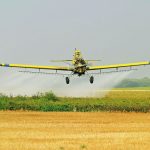
Spray drift concerns spark SARM resolution
Rural politicians asked for more teeth in regulations and for up to 12 months to report the damage from pesticide drift
REGINA — Rural residents who suspect spray drift has damaged their property are supposed to contact the applicator as soon as possible. But the current 30-day window isn’t long enough to determine whether or how much damage occurred, said a resolution at last month’s Saskatchewan Association of Rural Municipalities convention. The resolution from the RM […] Read more
Study determines night spraying can benefit pollinators
Spraying for the lesser clover leaf weevil is not only easier on pollinators but also provides more effective pest control
Forage and seed producers heard about the benefits of night spraying for red clover crops during the Saskatchewan Forage Seed Development Commission’s recent annual meeting. The commission conducted two on-farm experiments of night spraying in June 2021. Graham Parsons, pollinator biosecurity specialist with the Saskatchewan agriculture department, identified the pollinators that benefit from nighttime pesticide […] Read more